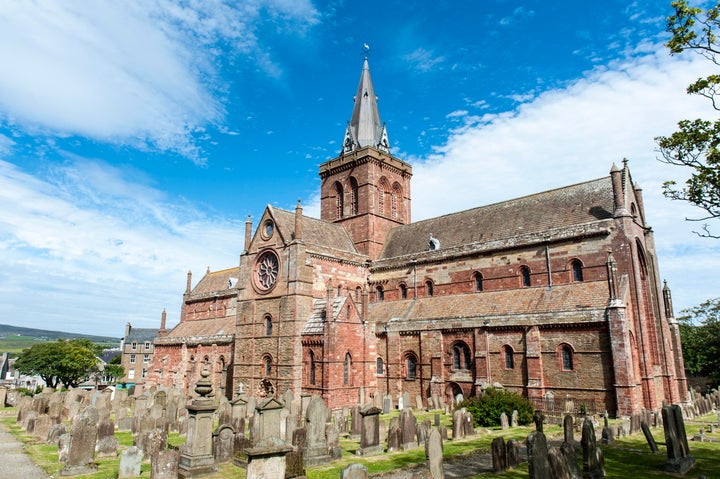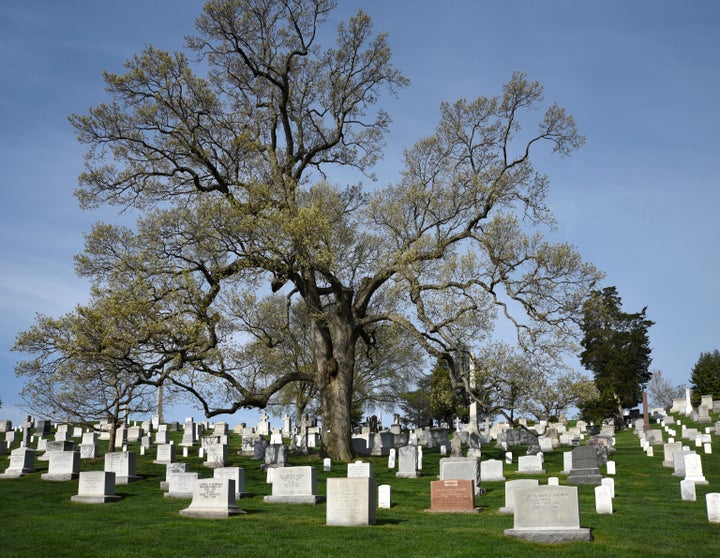People use these words interchangeably, but they aren’t entirely the same.
During Halloween season, it’s not uncommon to see your neighbors’ front yards adorned with fake tombstones and ghosts. While some might refer to this as graveyard decor, others go with cemetery.
Indeed, people tend to use use the words “graveyard” and “cemetery” interchangeably. But is there any difference between the two terms? Below, we break it down.
For starters, what is a graveyard?
To understand the difference between a graveyard and a cemetery, start by taking a look at the definitions of each term. A graveyard is an area of land, often next to a church, where people are buried.
During the Middle Ages, wealthy or otherwise influential Christians were generally interred inside a church after they died, often in a crypt beneath the floor. Less wealthy congregants were buried outside in the churchyard, and that section came to be known as the graveyard. This practice continued for many centuries.
The compound word graveyard stems from the proto-Germanic “graban,” which means “to dig,” and “gardan,” which refers to an enclosed area of land.

What is a cemetery?
Like a graveyard, a cemetery is also defined as a place where the dead are buried, but it’s a relatively newer concept.
By the early 19th century, population growth was rapid. Church graveyards filled up, and there was a need for new burial grounds. Thus, independent sites called “cemeteries” became more common as designated final resting places.
Cemeteries are typically not affiliated with a specific church, so you don’t have to be a congregant to be buried there. They’re also often located away from a town or city center to allow for more space.
As for the etymology, the word “cemetery” stems from the Greek “koimeterion,” which means “dormitory” or “resting place.” Early Christians came to use the term to refer to a person’s final resting place (rather than in the literal sleep context).

What’s the difference?
To be clear, using graveyard and cemetery interchangeably is acceptable by today’s standards, but graveyard still primarily refers to the area of a churchyard used for burial.
So if linguistic precision is your jam, then you’ll want to say “graveyard” when referring to a resting place on church grounds and “cemetery” in reference to more modern, separate burial grounds. Some cemeteries have religious affiliations, but they’re generally not tied to a specific place of worship.
Looking beyond the religious aspect, there are visual differences. Indeed, graveyard tends to evoke images of old churchyards in the English countryside. They typically have older tombstones placed around the area in a somewhat disorderly manner. These sites are smaller and often aren’t particularly well manicured.
Cemeteries tend to be much larger, as they are not simply a section of church property. Cemeteries are also generally newer, better maintained, and more neatly divided into rows of plots. You’re also more likely to see large, modern family plots in a cemetery.
Whichever term you use, just make sure you’re being respectful when you visit a cemetery or graveyard. And leave the shenanigans for your Halloween decorations, not an actual burial site.
Credit: Source link